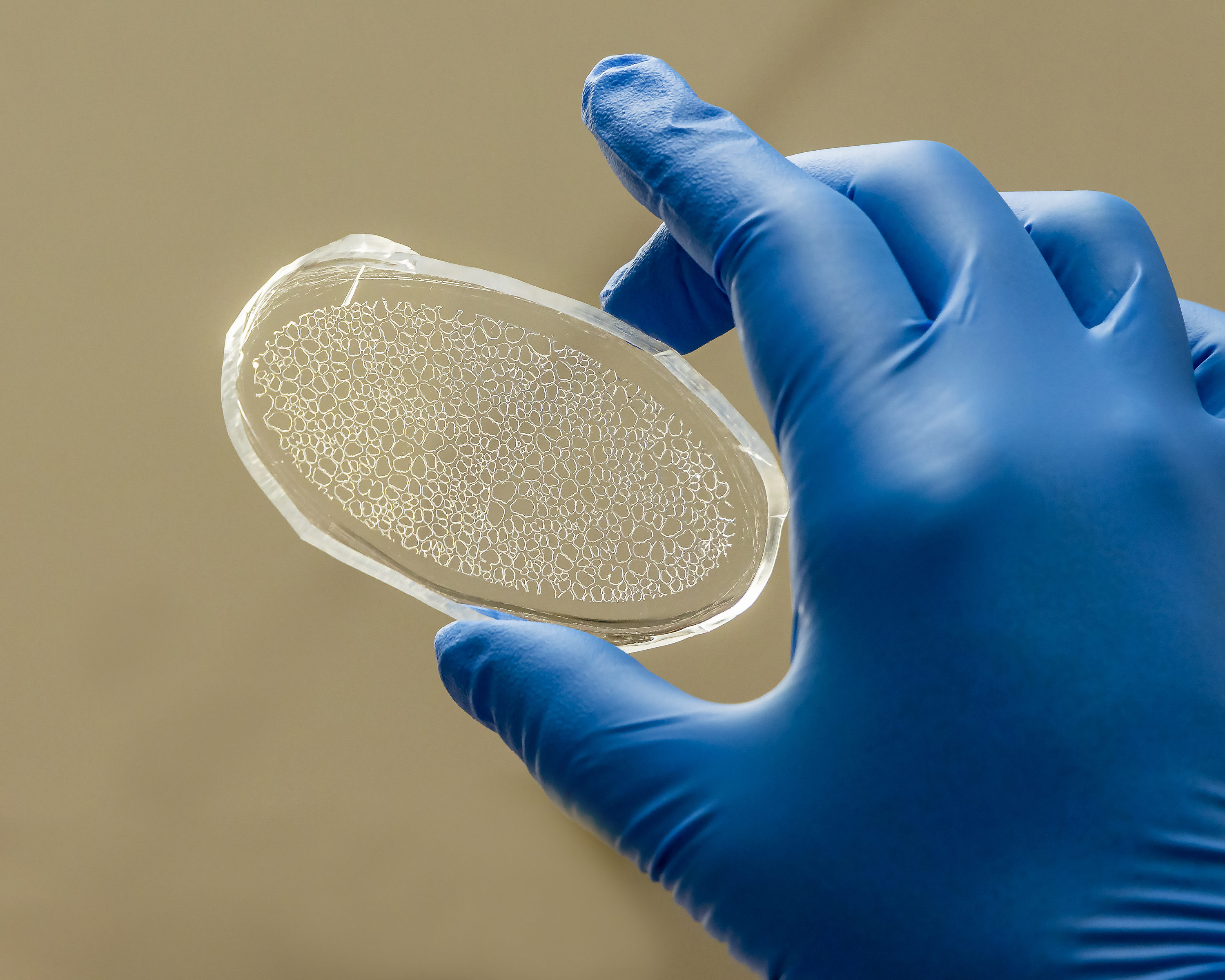Using a 26-year-old common garden forest, a multi-institutional team of researchers collected fine root samples from four temperate tree species (three deciduous and one coniferous) that varied in their morphology.
Tag: rhizosphere

Seeing the Color of Entangled Photons in Molecular Systems
Spectroscopy allows scientists to study the structure of atoms and molecules, including the energy levels of their electrons. This research examines the potential of spectroscopy techniques that rely on quantum entanglement of these photons. These methods can reveal information about molecules not possible with traditional spectroscopy. They also reduce the damage spectroscopy causes to samples.

Unearthing the secrets of plant health, carbon storage with rhizosphere-on-a-chip
Scientists at the Department of Energy’s Oak Ridge National Laboratory have created a miniaturized environment to study the ecosystem around poplar tree roots for insights into plant health and soil carbon sequestration.
Watching Plant Roots Grow in a Transparent Simulated Soil
The rhizosphere, the underground ecological zone between and around plant roots, is difficult to study. Scientists have now developed a rhizosphere-on-a-chip with a transparent simulated soil structure that allows researchers to view how roots grow over time through the pores in the soil. Paired with specialized mass spectrometry techniques, scientist can also use the rhizosphere-on-a-chip to map the location of root-exuded molecules, like amino acids, without hurting the plant.
The Inner Workings of the Root Microbiome
: The soil surrounding and including the roots of plants is a hotspot for bacteria that help plants resist infections, survive drought, and take up nutrients. However, scientists did not fully understand how bacteria assist plants. A new study provides new insights into the spots on roots where bacteria attach. This could help scientists understand and control how plants and bacteria interact.
We’ve Got the Dirt on Soil Protists
The diverse collection of microbes known as protists are understudied, but their impact on ecosystems and agriculture could be huge.